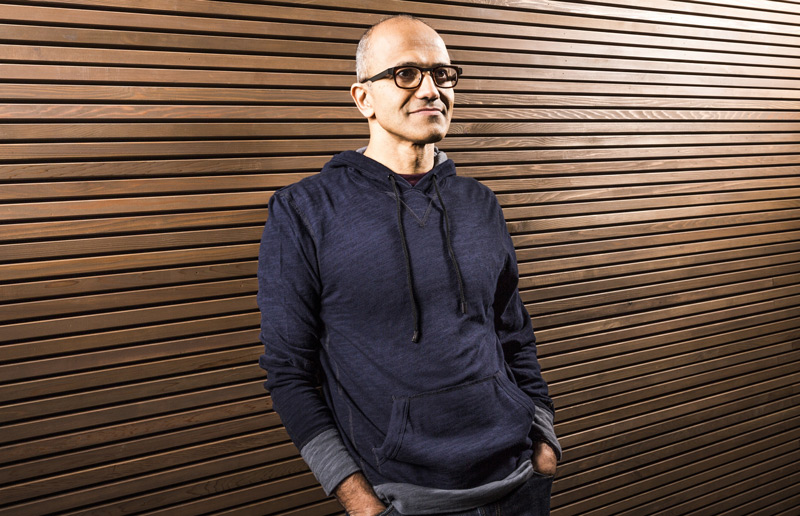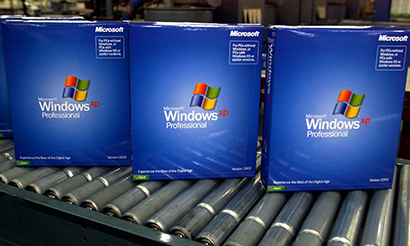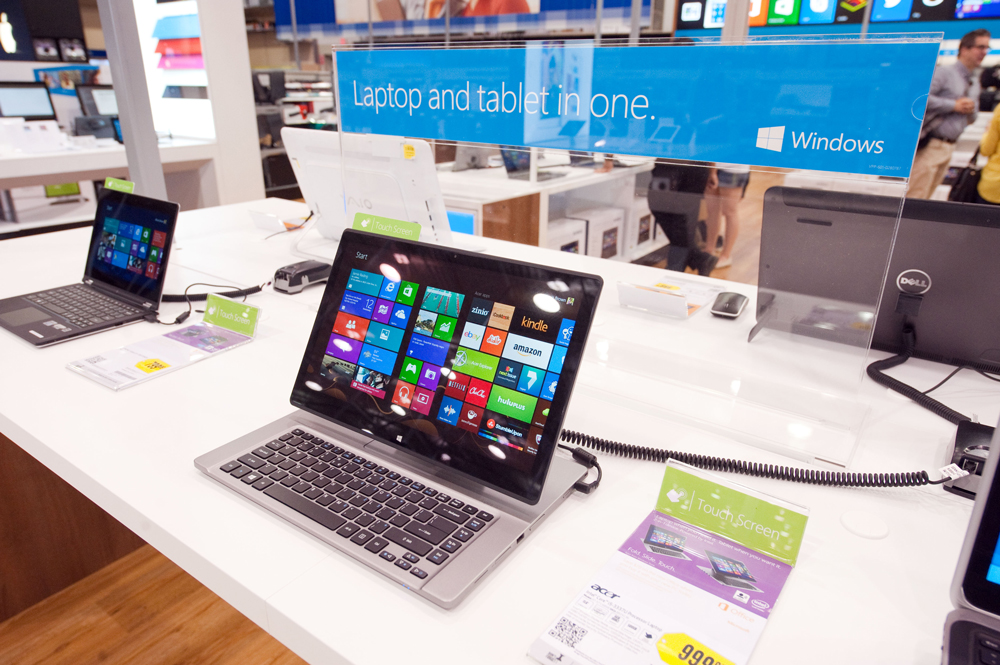The decision of Microsoft to offer its Office tablet apps for free last week has had the desired effect with them rocketing to the top of the charts as people enthusiastically grab them.
Microsoft’s decision pretty well locks its resellers into the loss leading strategy the company flagged last week in China, with the tablet apps available for free its hard for retailers and integrators to be charging for the desktop version.
That loss leader strategy has been further laid out by CEO Satya Nadella at a function in London yesterday where he described their cloud and mobile first strategy, something he also discussed at a briefing to ‘a small gathering of journalists’ last week.
Nadella’s vision isn’t really anything new; it differs from Ballmer’s ‘devices and services’ strategy but the thrust of the business was always going to be on cloud services and the company’s Azure services regardless of any conceits around tablets or professional offerings.
Of the three key areas Nadella identifies — Windows, Office 365, and Azure — two of them are problematic; the Office 365 for reasons already mentioned and the Windows product line.
The ‘Windows everywhere’ strategy, which also happens one of Ballmer’s earlier initiatives, is doomed as the operating system is not suitable for smartphones or lightweight internet of things devices.
Even if Windows was successful on smartphones or could be successfully ported to low powered smart devices, the margins are tiny compared to the traditional desktop market that was so profitable for Microsoft in the past.
All of which brings Microsoft back to Azure; it’s clear the cloud service is the future of the company but the margins are dire except for some relatively niche areas like collaboration software.
Mantras about ‘productivity’ count for nothing as every software and cloud computing company cater for the B2B market is delivering a service that claims to improve customers’ productivity. That Office is declining as a profit centre only makes things harder for the company.
If anything, Nadella’s discussions illustrate the company is still casting around for the next big profit centre. As the Windows and Office franchises decline, time may start to run out for the current management just as it eventually did for Ballmer.
Giving away Office apps may lock some users into the 365 service and could prove moderately profitable, but last week’s moves indicates a much smaller future For Microsoft.






